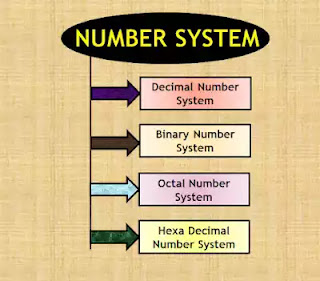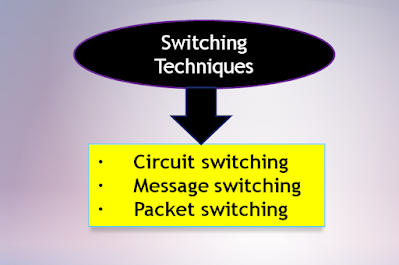What is Computer Network Topology? What are the 5 network topologies? | TheSmartLearn
What is Computer Network Topology? What are the 5 network topologies?
A network topology refers to how network or
computer devices are linked to each other.
Topologies could be a way to define physical and
logical components in the system. Physical and logical topologies can be the
same or different within an identical network.
Topologies offer a variety of configurative which
can be used to build networks. A network is a set of interconnected devices via
communication routes to exchange data and share resources. Topology is a design
pattern for computers that describe how the devices are connected.
A topology may either be logical or physical. Physical topologies of networks refer to the configuration of cables, peripherals and computers, and other devices, whereas logical topology refers to how the network's interoperable behavior.
Types of Network Topology
- Star Topology
- Ring Topology
- Bus Topology
- Tree Topology
- Mesh Topology
STAR TOPOLOGY
In the star network, many computers or devices are
linked to one central computer and a central network. Hobs are points that
manage and control all the functions in the networks. Hobs are connected to
devices via fiber optic or copper cables.
It offers a cost-effective way to share information
between multiple users. It is utilized in airline reservation counters as well
as small-sized business offices.
ADVANTAGE
- Installation is simple, and wires are easy to connect.
- There is no description for the network, connecting, and
removing the device.
- It is simple to identify problems and remove
parts.
DISADVANTAGE
- More extensive.
- Hob problems can lead to network breakdown.
- An increase in the device can make networks slow.
RING TOPOLOGY
Many devices or computers are connected through a
single cable in rings, also known as a 100p network. The data flow is in one
direction: clockwise or anticlockwise.
Each device functions as a repeater within the
topology of the ring. Within a ring, topology collisions are minimized since
only one device can be allowed to transmit at once.
ADVANTAGES
- It is easier to manage as compared to a bus network
- No terminators are needed.
- Give you clear and reliable communication across long
distances.
DISADVANTAGE
- More cable wires that are connected to form bus topology are
needed
- A single device that is defective can impact the entire
network
BUS TOPOLOGY
Bus topology can also be described as the linear
bus. A bus topology device that shares a standard backbone cable to transmit
and receive information. A thick coaxial cable is a great way to connect any
device.
In a bus topology, each PC is attached to the same
cable or device on the network. This type of topology is often utilized in
conjunction with the network for local areas.
Bus topology employs a daisy chain scheme to
connect more devices to the network. In this case, device 1 is connected to
device 2, and device 2 is connected to device 3. The first (device 1) and the
last device are connected to a 50-ohm terminator resistor.
ADVANTAGE
- It is simple to connect a device to a linear bus.
- Cheaper than other types of topology.
- Work better for the smaller network.
DISADVANTAGE
- A limited no. Of devices can be connected.
- It is difficult to remove the defective device.
- The entire network is affected if there's a fault on the
primary cable.
- Costlier than a single-node topology.
MESH TOPOLOGY
In a mesh topology, every device is connected, or
networks have points-to-point connections between all devices in the network of
devices. The data transmitted by the device may travel any route to get to the
destination.
Mesh topology isn't utilized frequently due to its
intricate structure. WAN is an example of mesh topology. It's an
interconnection of several LANs.
ADVANTAGES
- The entire network is not affected by a single device.
- It is easy to identify a malfunctioning device.
DISADVANTAGE
- A greater amount of cabling is needed compared to the star,
bus, and ring topologies.
- It is expensive in comparison with bus, star, or ring
topologies.
- The system is hard to modify.
TREE TOPOLOGY
A tree topology is a system where computers are
connected hierarchically. That is why it is referred to as the hierarchical or
tree topology. It combines the features of a linear bus and star topology. It
works with a star-configured workstation connected to an asynchronous bus
backbone cable.
ADVANTAGE
- It is easy to spread an existing network.
- It is easy to spot a malfunctioning device.
DISADVANTAGE
- A fault in the backbone can affect every part of the system.
- More expensive than other topologies.



